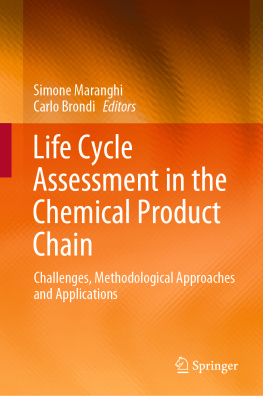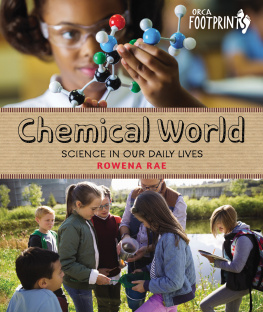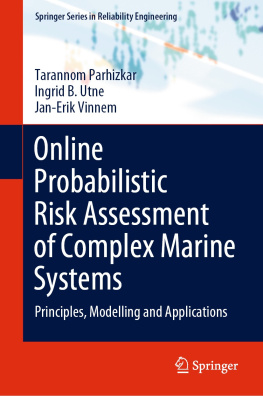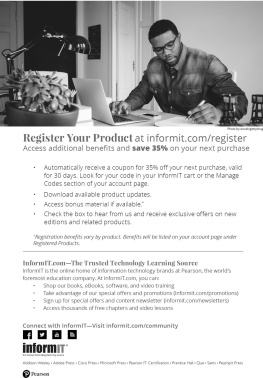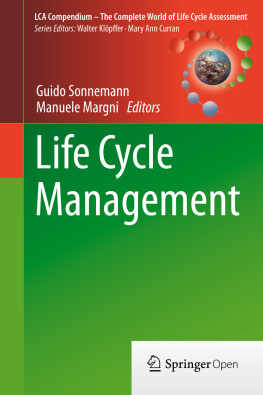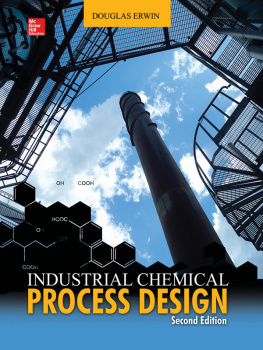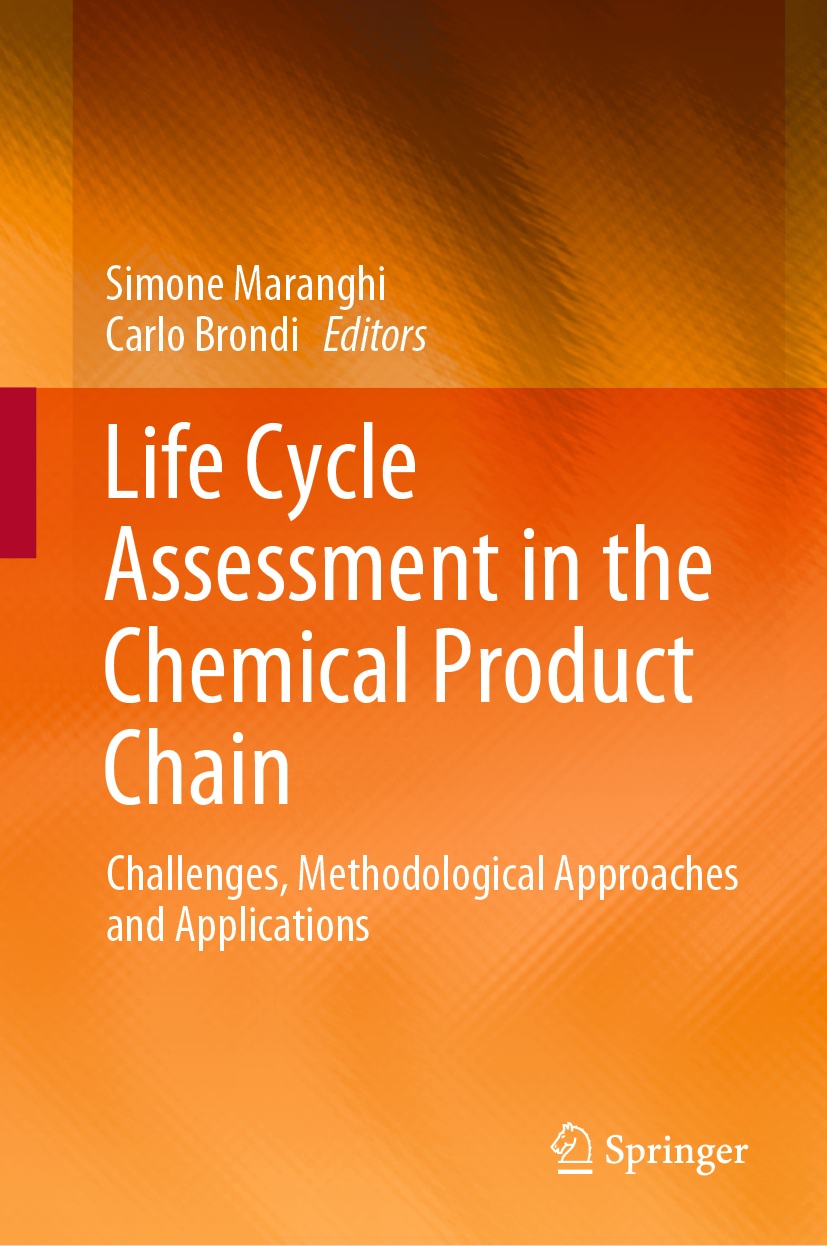Editors
Simone Maranghi
Biotechnology, Chemistry and Pharmacy, University of Siena, Siena, Italy
Carlo Brondi
STIIMA-CNR, Milan, Italy
ISBN 978-3-030-34423-8 e-ISBN 978-3-030-34424-5
https://doi.org/10.1007/978-3-030-34424-5
Springer Nature Switzerland AG 2020
This work is subject to copyright. All rights are reserved by the Publisher, whether the whole or part of the material is concerned, specifically the rights of translation, reprinting, reuse of illustrations, recitation, broadcasting, reproduction on microfilms or in any other physical way, and transmission or information storage and retrieval, electronic adaptation, computer software, or by similar or dissimilar methodology now known or hereafter developed.
The use of general descriptive names, registered names, trademarks, service marks, etc. in this publication does not imply, even in the absence of a specific statement, that such names are exempt from the relevant protective laws and regulations and therefore free for general use.
The publisher, the authors and the editors are safe to assume that the advice and information in this book are believed to be true and accurate at the date of publication. Neither the publisher nor the authors or the editors give a warranty, expressed or implied, with respect to the material contained herein or for any errors or omissions that may have been made. The publisher remains neutral with regard to jurisdictional claims in published maps and institutional affiliations.
This Springer imprint is published by the registered company Springer Nature Switzerland AG
The registered company address is: Gewerbestrasse 11, 6330 Cham, Switzerland
Foreword
The chemical industry has a crucial role in the development of a competitive and sustainable future. Both industrial, political and scientific roadmaps put the emphasis on transforming such sector by a sustainability paradigm. The recent ambitious EU energy and climate plan, as well as Agenda for Sustainable Development, still underline the needs of a radical change in the world economy by its shift towards less impacting industrial sectors.
Within the process industry, the chemical industry has a relevant effect on product chains. From one side, the chemical industry is an energy-demanding and emission-producing sector. On the other hand, its products have a double effect. Chemicals are crucial both to enable the energy saving, to improve energy efficiency and to reduce greenhouse gas emissions in economic sectors as well as in producing specific types of harmful waste and emission along the consumer product chain.
Sustainability-related decisions in the field of chemical products require science-based approaches, which focus on process design and development, and the analysis of processing chains. The development of innovative future solutions strictly needs to be coupled to adequate methodologies in order to prove its effective impact at the global level.
In such a context, Life Cycle Assessment (LCA) methodology is pivotal for this purpose. It is a well-known scientific methodology to assess the energy and environmental impacts of products, processes and activities, encompassing extraction and processing of raw materials, manufacturing and assembly processes, product distribution, use, maintenance and end use. Thus, it is useful to avoid burden transfer from one life cycle step to another and from an impact category to the others. Furthermore, it helps in supporting the identification of priority actions in policymaking, the selection of the best low-carbon solutions for resources supply and use, the identification of the hotspots for reducing the carbon intensity of chemical products and the management of the end-of-life of such products.
However, modelling of chemical processes impacts has to face methodological barriers, due to the complexity and specificity of the chemical product chain, and to the lack of specific methodologies to transform field data into reliable data for comparison.
In this context, this book aims to share some methodological researches on LCA applied to the chemical products and processes and provides an overview of the most recent outcomes, approaches and tools for modelling chemicals in an LCA perspective. Each chapter will address specific problems in modelling or specific issues in LCA application to relevant cases.
In detail, the book consists of two parts. The first one addresses general modelling issues, dealing with general issues and methods for modelling, an adaptation of field data to other existing database, life cycle inventory procedure, allocation rules, selection of suitable indicators for Life Cycle Impact Assessment (LCIA) and integration of LCIA indicators with existing sustainability indicators in the industry sector.
The second part of the book presents the LCA application to specific field contexts, concerning the chemical processes at different scales or areas. In addition to the general highlighted outcomes from the first part, other barriers related to the application context are explored, and the application of the LCA method in a circular economy perspective of the chemical industry is discussed.
The book is the outcome of the activity of several members of the working group Chemical Processes and Products of the Italian LCA Network association. I would like to acknowledge all authors for submitting their valuable work and the members of the Italian LCA Network association for supporting this work.
This book can represent for LCA-practitioners, researchers and students an opportunity to learn more applications of the LCA methodology, and to understand the environmental impact of chemical processes and products, through the assessment of their life cycles.
The Italian LCA Network
The Italian LCA Network was created in 2006 with the aim to have a network for exchanging information, methodologies and good practices on LCA in Italy. In 2012, the Italian LCA Network became an association, founded by the Italian National Agency for New Technologies, Energy and Sustainable Economic Development (ENEA); the Politecnico of Milano; the Universities of Bari, Chieti-Pescara, Padova and Palermo and the National Interuniversity Consortium for Chemical Reactivity and Catalysis (CIRCC).
The main objectives of the Italian LCA Network association are the following: promoting the adoption of the life cycle thinking approach for achieving a sustainable development; promoting the dissemination of the LCA methodology at national level and the exchange of information and best practices on the LCA in Italy and encouraging networking processes among different stakeholders for the realisation of national and international projects.
The Working Group Chemical Processes and Products
The main goals of the working group Chemical processes and products of the Italian LCA Network are the assessment of the environmental sustainability of chemical processes and products, making in contact many research groups that are involved in the application of LCA at several chemical sectors: Green Chemistry, Green Metrics, industrial processes, pharmaceutical industries and laboratory researches.

